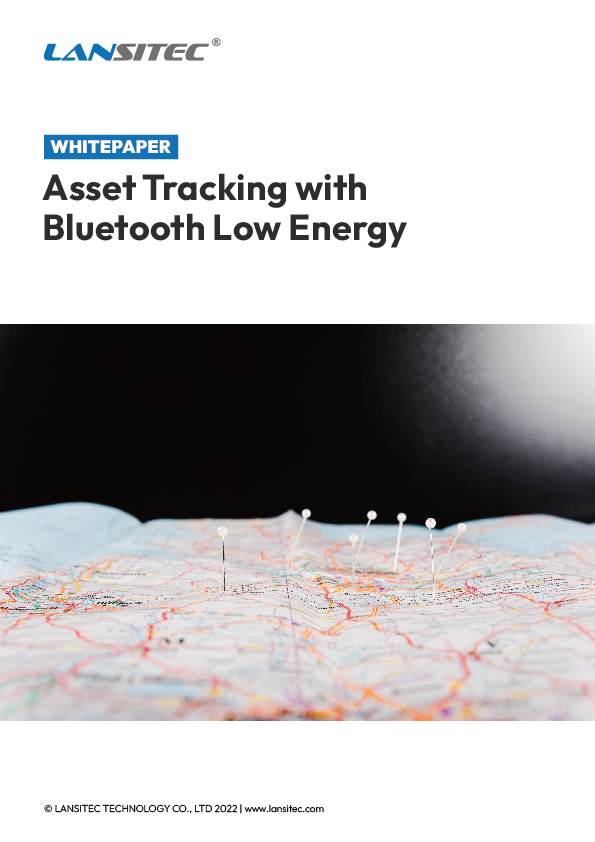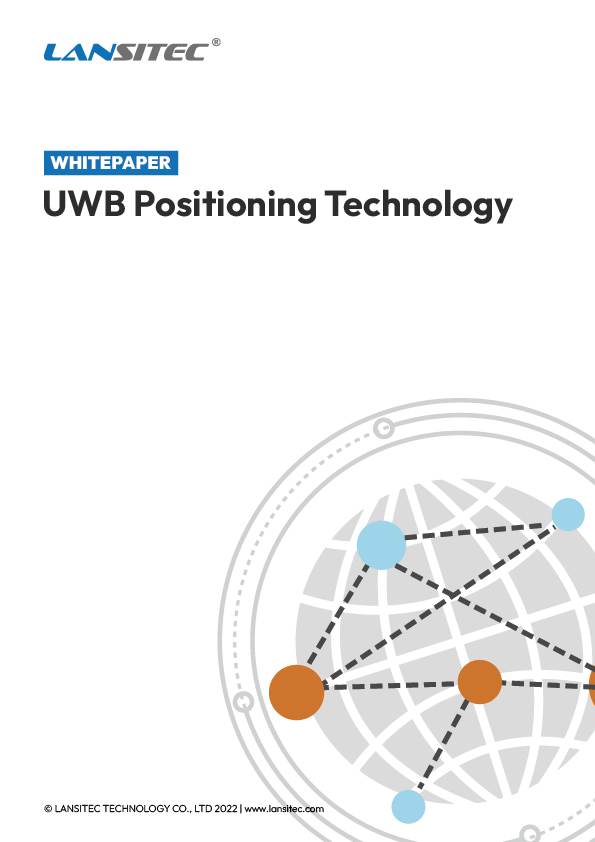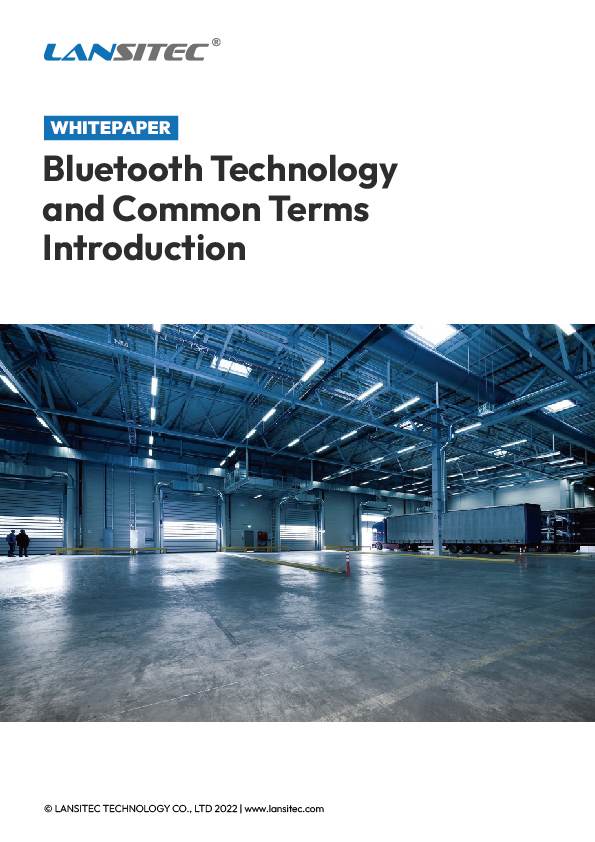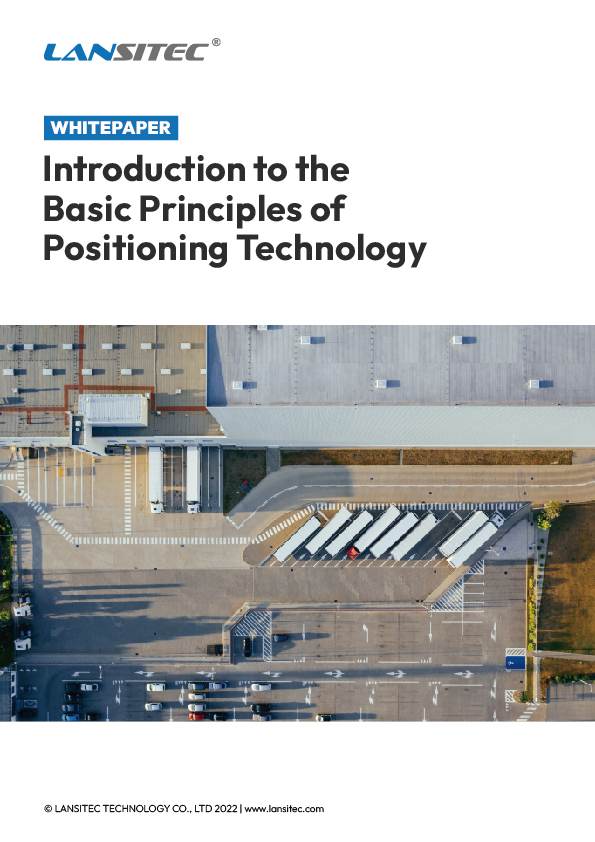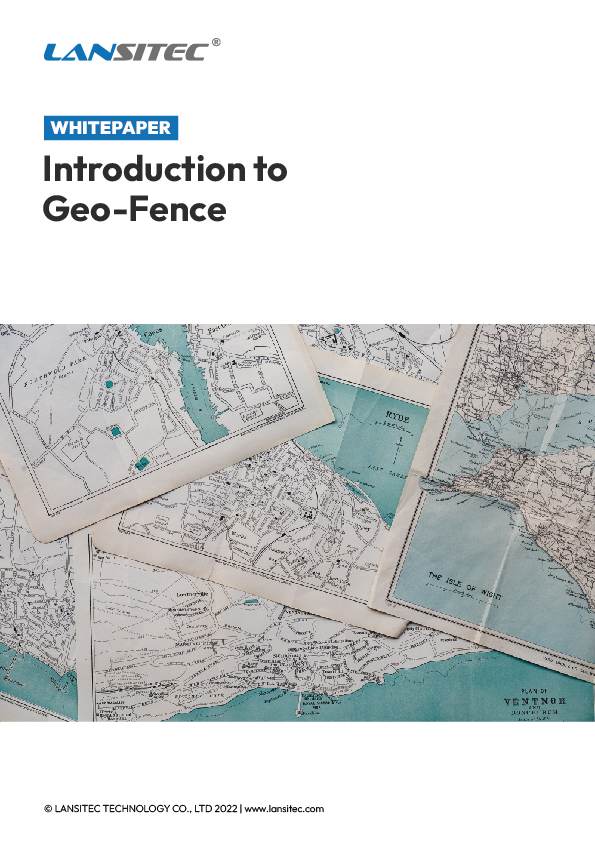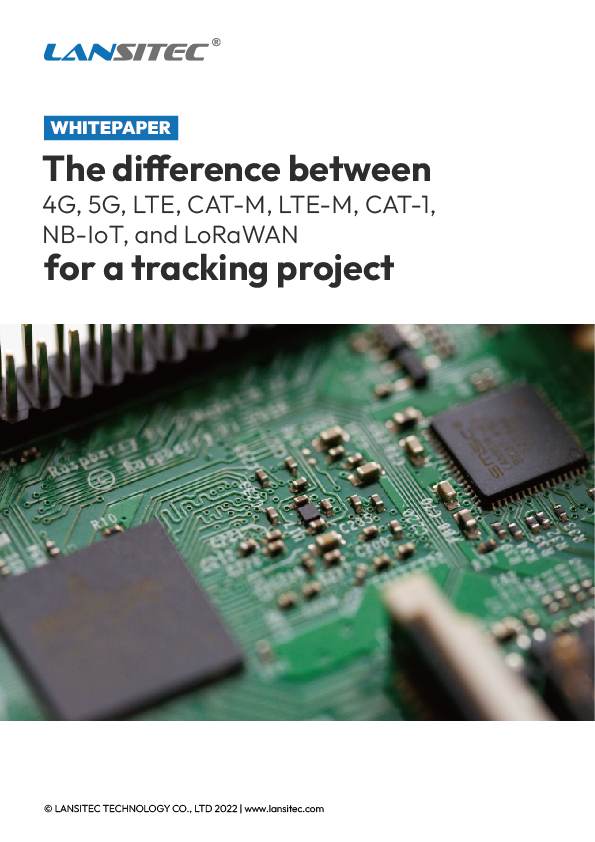Geo-Fencing is a technology that allows creating a virtual boundary around a physical location, using GPS, RFID, Wi-Fi, cellular data, or other methods. Geo-fencing can be used for various purposes, such as triggering an action, sending a notification, collecting data, or providing a service, when a device or an object enters or exits the geofenced area. Geo-fencing has many applications in different domains, such as warehouse, security, transportation, health care, education, and entertainment. In this paper, we will explore the concept of geo-fencing, how it works, what are its benefits and challenges, and what are some of the current and future use cases of geo-fencing.
How Does Geo-Fencing Work?
Geo-fencing works by using a combination of hardware and software components. The hardware components include the devices or objects that are being tracked or monitored, such as smartphones, tablets, wearables, vehicles, or assets. These devices or objects need to have a positioning technology enabled, such as GNSS, Bluetooth, UWB, Wi-Fi, cellular data, RFID. The software components include the geofencing platform or service that defines the geofenced areas and the rules or actions associated with them. The geofencing platform or service can be either cloud-based or on-premise, depending on the needs and preferences of the users. The geofencing platform or service also communicates with the devices or objects through a network connection, such as cellular data, Wi-Fi, or Bluetooth.
The Basic Steps Of Geo-Fencing Are As Follows:
- The user defines the geofenced areas on a map interface or by using coordinates. The geofenced areas can be either static (fixed) or dynamic (changing), depending on the use case. For example, a static geo-fence can be around a store or a school zone, while a dynamic geo-fence can be around a moving vehicle (forklift, for example) or a person.
- In the Lansitec B-Mobile solution, each Bluetooth gateway can be a separate geo-fence. If a specific Bluetooth gateway receives a Bluetooth beacon, this beacon is considered moved into or out of a geo-fence. In the B-Fixed(refer to 909-00066, Tracking Management Solution for explanation) solution, if a tracker receives a specific beacon, this tracker is considered moved into or out of a geo-fence. The user defines the rules or actions that should be triggered when a device or an object enters or exits the geofenced area. The rules or actions can be either device-based or server-based, depending on the use case. For example, a device-based action can be sending a notification to the device user, while a server-based action can be sending data to a database or an analytics system.
- The device or object continuously updates its location to the Geo-Fencing platform or service through the positioning technology and the network connection.
- The geofencing platform or service compares the location of the device or object with the geofenced areas and checks if there is any match.
- If there is a match, the geofencing platform or service triggers the corresponding rule or action to the device or object.
What Are The Benefits And Challenges Of Geo-Fencing?
Geo-Fencing Has Many Benefits For Both Users And Businesses. Some Of The Benefits Are:
- Geo-fencing can enhance security and safety for users and businesses by monitoring and controlling access to restricted areas. For example, geo-fencing can send relevant alarm to administrators or users when a worker is near a restricted area or walks out of a workspace. geo-fencing. It can alert parents when their children enter or leave school zones or playgrounds.
- Geo-fencing can improve business efficiency and productivity by optimizing operations and resources. For example, geo-fencing can track and manage inventory and assets in real-time by using RFID tags and sensors.
- Geo-fencing can generate valuable insights and analytics for businesses by collecting and analyzing location-based data. For example, geo-fencing can measure customer behavior and engagement by tracking foot traffic and store dwell time.
- Geo-fencing can provide personalized and contextual services to users based on their location and preferences. For example, geo-fencing can send relevant offers and discounts to users when they are near a store or a restaurant.
However, Geo-Fencing Also Faces Some Challenges That Need To Be Addressed. Some Of The Challenges Are:
- Geo-Fencing requires accurate and reliable positioning technologies that can work in different environments and conditions. For example, GPS may not work well indoors or in urban areas with tall buildings.
- Geo-fencing requires sufficient network connectivity and bandwidth that can support high-frequency location updates and data transmission. For example, cellular data may not be available in remote areas or may incur high costs for users.
- Geo-fencing requires user consent and privacy protection that can respect user preferences and comply with regulations. For example, users may not want to share their location data with third parties or may want to opt-out of certain services.
What Are Some Of The Current And Future Use Cases Of Geo-Fencing?
Geo-fencing Has Many Current And Potential Use Cases In Different Domains. Some Of The Examples Are:
Security: Geo-fencing can be used to monitor and control access to sensitive or restricted areas, such as airports, military bases, or prisons. For example:
- If you have one of our GNSS trackers (badge tracker or helmet sensor), an alarm will be triggered if a worker walks out of the construction site during work time.
- Check Points: In the B-Mobile solution, in the APP, the admin can define several Bluetooth gateways as CPs as well as the sequence. When a security guard or nurse with a beacon walks through these gateways, they are considered checked. It’s the same logic in the B-Fixed solution.
- The US Federal Aviation Administration (FAA) used Geo-Fencing to create no-fly zones for drones around airports and other critical infrastructure.
Transportation: Geo-fencing can be used to manage and optimize traffic and transportation systems, such as public transit, ride-sharing, or autonomous vehicles. For example:
- If a truck or concrete mixer you rent to a client (with our container tracker on), you will know when it is not working at the right place.
- Uber used geo-fencing to create surge pricing zones based on the demand and supply of drivers and riders in different areas.
Health care: Geo-fencing can be used to provide health care services and support to patients and caregivers based on their location and needs. For example:
- Alzheimer’s Association used geo-fencing to create safe zones for patients with dementia and alert caregivers when they wander away from home.
Education: Geo-fencing can be used to enhance learning and teaching experiences for students and teachers based on their location and context. For example:
- Smithsonian Institution used geo-fencing to create interactive museum tours that provide relevant information and content to visitors based on their location within the museum.
Marketing: Geo-fencing can be used to deliver targeted and timely advertisements to potential customers based on their location and interests. For example:
- Burger King used geo-fencing to offer a one-cent Whopper deal to customers who were within 600 feet of a McDonald’s location.
Conclusion
Geo-Fencing is a technology that creates a virtual boundary around a physical location, using various positioning methods. Geo-fencing can trigger different actions or services when a device or an object enters or exits the geofenced area. Geo-fencing has many benefits and challenges for both users and businesses, depending on the use case and the implementation. Geo-fencing has many applications in different domains, such as marketing, security, transportation, health care, education, and entertainment. Geo-fencing is a promising technology that can connect the virtual experience with the real world’s physical location.

